Start » Application of copper in the pistachio tree: benefits and uses
Application of copper in the pistachio tree: benefits and uses
Table of Contents
Estimated reading time: 6 minutes
Importance of copper in agriculture
Copper is invaluable in agriculture due to its fungicidal and bactericidal properties. Its ability to combat plant diseases makes it an essential ally to maintain the quality and yield of pistachio crops. Additionally, copper is an essential element for the growth and development of trees, as it is necessary for the production of enzymes and protein synthesis.
Properties of copper and its effect on the pistachio tree
Copper has antimicrobial and antiseptic properties that are beneficial for the pistachio tree. These properties help prevent and control diseases such as anthracnose, phytophthora and canker, which can negatively affect the health and production of trees. In addition, copper strengthens the natural resistance of the pistachio tree, improving its ability to cope with stressful conditions and climatic adversities.
Copper application methods in pistachio cultivation
- Foliar application: it is one of the most common and effective methods to apply copper to the pistachio tree. It consists of spraying a copper solution directly on the leaves and stems of the tree, which allows rapid absorption and distribution of the metal.
- Soil application: used to improve the absorption of copper by the roots of the pistachio tree. Copper is applied to the soil in the form of sulfate or chelate, ensuring its availability to plants.
- Trunk Application: This method involves direct application of copper in paste or liquid form to the trunk of the tree. It is mainly used to control diseases that directly affect the bark, such as cankers. It is advisable to apply copper paste after pruning in winter.
The choice of copper application method in growing pistachios will depend on several factors, including the condition of the plants, the growth stage and the presence of specific diseases. It is important to follow technical recommendations and use appropriate doses to maximize the benefits of copper and minimize any negative impact on the environment.
Impact of copper application on pistachio health
Copper plays a fundamental role in the health of the pistachio tree, providing a series of positive effects that contribute to its resistance and well-being. Next, we will explore the benefits of copper in tree resistance and disease prevention and control.
Positive effects of copper on tree resistance
Copper has the ability to strengthen the resistance of the pistachio tree against various adverse conditions. It acts as a protective agent, increasing the tree's response capacity to abiotic stress, such as drought, frost and high temperatures. In addition, it improves the tolerance of the pistachio tree to pathogens and diseases.
The application of copper stimulates the defense mechanisms of the pistachio tree, strengthening its immune system and allowing it to face the presence of pathogens more effectively. This results in a more resistant tree capable of surviving adverse environmental conditions.
Prevention and control of diseases using copper
Copper is widely used in the control of diseases that affect the pistachio tree. It acts as a broad-spectrum fungicide, inhibiting the growth and reproduction of fungi and bacteria harmful to the health of the tree. When applied appropriately and in a timely manner, copper prevents the appearance of diseases such as phytophthora and anthracnose.
Copper creates a protective barrier on the surface of the tree, preventing the entry of pathogens and reducing their spread in the event of infection. Additionally, it has antimicrobial properties that help eliminate disease-causing agents, thus improving the overall health of the pistachio tree.
It is important to highlight that the responsible and appropriate use of copper is essential to avoid possible adverse effects on the pistachio tree and the environment. Dosage and application recommendations must be followed to ensure effectiveness and minimize associated risks.
- Apply copper at key moments in the pistachio growth cycle, such as budding and leaf fall.
- Choose quality and registered products for agricultural use.
- Constantly monitor the health of the tree and follow good agricultural management practices.
- Maintain a balance between the protection of the pistachio tree and the preservation of the environment.
Considerations and recommendations for copper application
The application of copper in the pistachio tree requires taking into account some considerations and following recommendations to ensure its effectiveness and minimize possible inconveniences. Below are some key points to consider:
Proper dosage of copper in the pistachio tree
The first aspect to take into account is the proper dosage of copper. It is important to follow the manufacturer's recommendations and adjust the amount of copper according to the needs of the crop and the health status of the tree. An excess of copper can be harmful to the pistachio tree and cause toxicity in the soil. It is recommended to perform soil and leaf analysis to determine the specific needs of each plant.
Alternatives and combinations of copper treatments
In addition to the application of copper in the form of liquid or powder compounds, there are alternatives and combinations of treatments that can enhance the positive effects. Some options include using other biostimulant products or combining protective fungicides along with copper. The goal is to find the right balance between the effectiveness of protection and minimizing the negative impact on the environment. We can suggest, for example, the combination of copper with paraffin oil at 79% as a preventive insecticide, eliminating the eggs found in the trees. Also in situations where we have already had strong fungal attacks, we can include Zinc in the broth, generating greater resistance to bacteria and pathogens.
Factors to take into account to maximize the benefits of copper in the pistachio tree
To maximize the benefits of copper in the pistachio tree, it is essential to consider some additional factors. First, it is important to apply at the right time. We recommend waiting until the 50% has fallen from the leaves of the tree, always respecting the technical recommendations. In addition, uniform coverage of the vegetative parts must be guaranteed, paying special attention to the leaves, cut points due to pruning or where the fruit clusters were since they are entry points for different diseases.
Another relevant factor is to monitor the health status of the pistachio tree on a regular basis, as this will allow doses and treatments to be adjusted according to specific needs. Careful observation of symptoms and the presence of diseases will help to make informed decisions and apply preventive or corrective treatments when necessary.
Finally, product rotation must be taken into account, alternating with other modes of action and avoiding exclusive dependence on copper. This will help prevent the emergence of resistance and maintain the effectiveness of treatments in the long term.
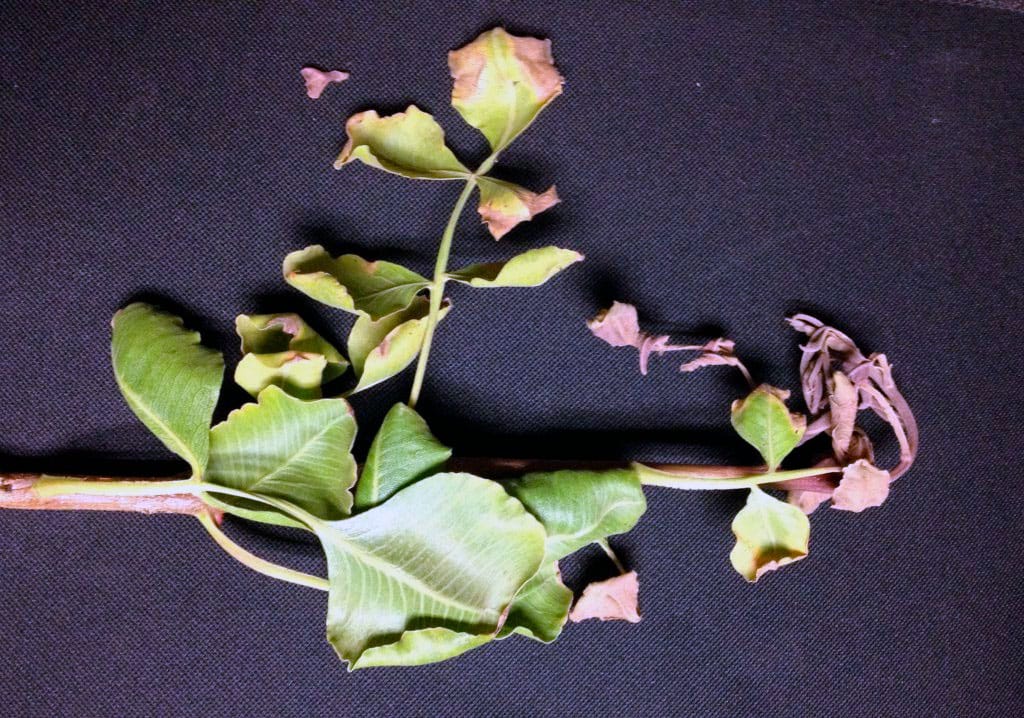
Related content:
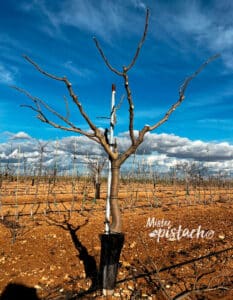
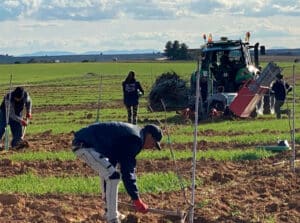
Pistachios: preparation of the land and planting the tree

Discover the farming techniques for growing pistachios
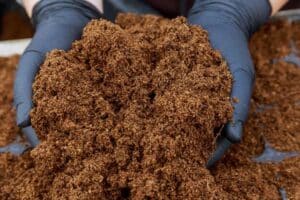
Bottom fertilizer: key strategy for growing pistachio trees.
Seeker:
Find out now:
You may also like:
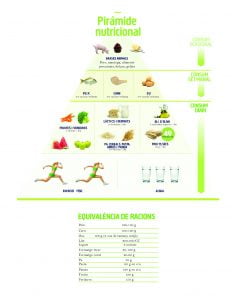
Pistachios star in the new pyramid of the Mediterranean Diet, one of the healthiest in the world.
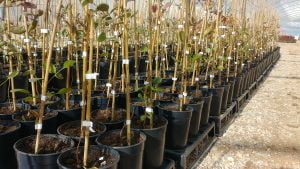

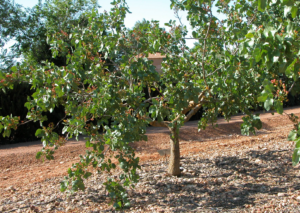
Pruning the pistachio tree: a key aspect in the cultivation and growth of the plant.
Entries by category:
- pistachio tree (1)
- Benefits of pistachio (4)
- Pistachio marketing (4)
- Price tables (3)
- Pistachio cultivation (8)
- Diseases and pests (8)
- Legal (7)
- Misterpistachio (1)
- Pistachio News (5)
- Rootstocks (2)
- Store (3)
Share this post with one click:
